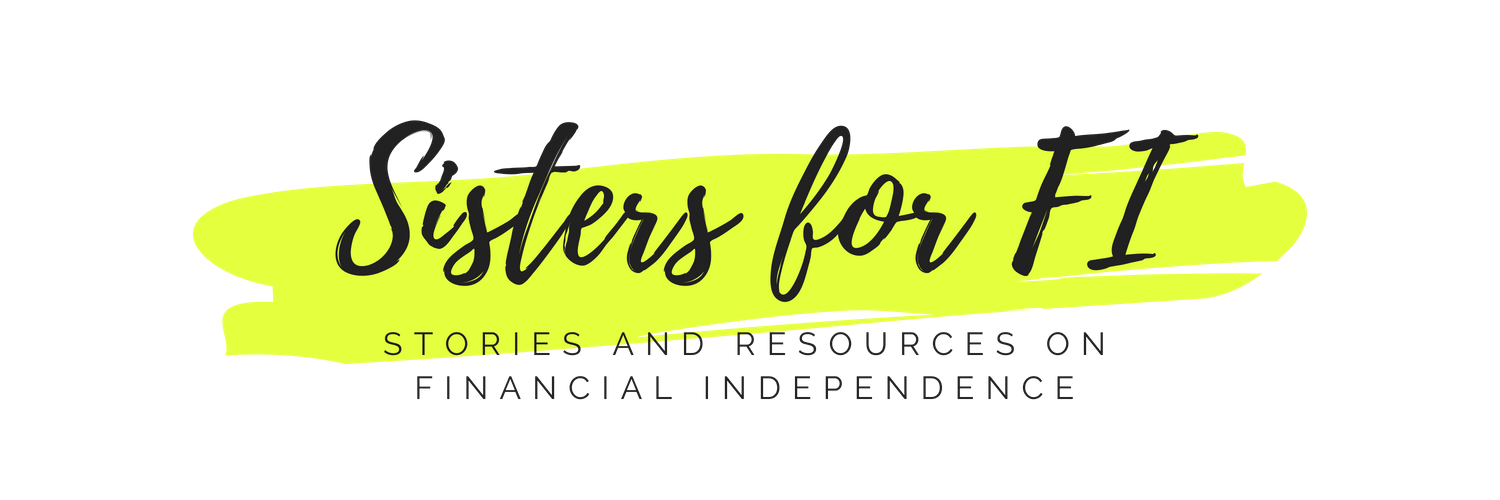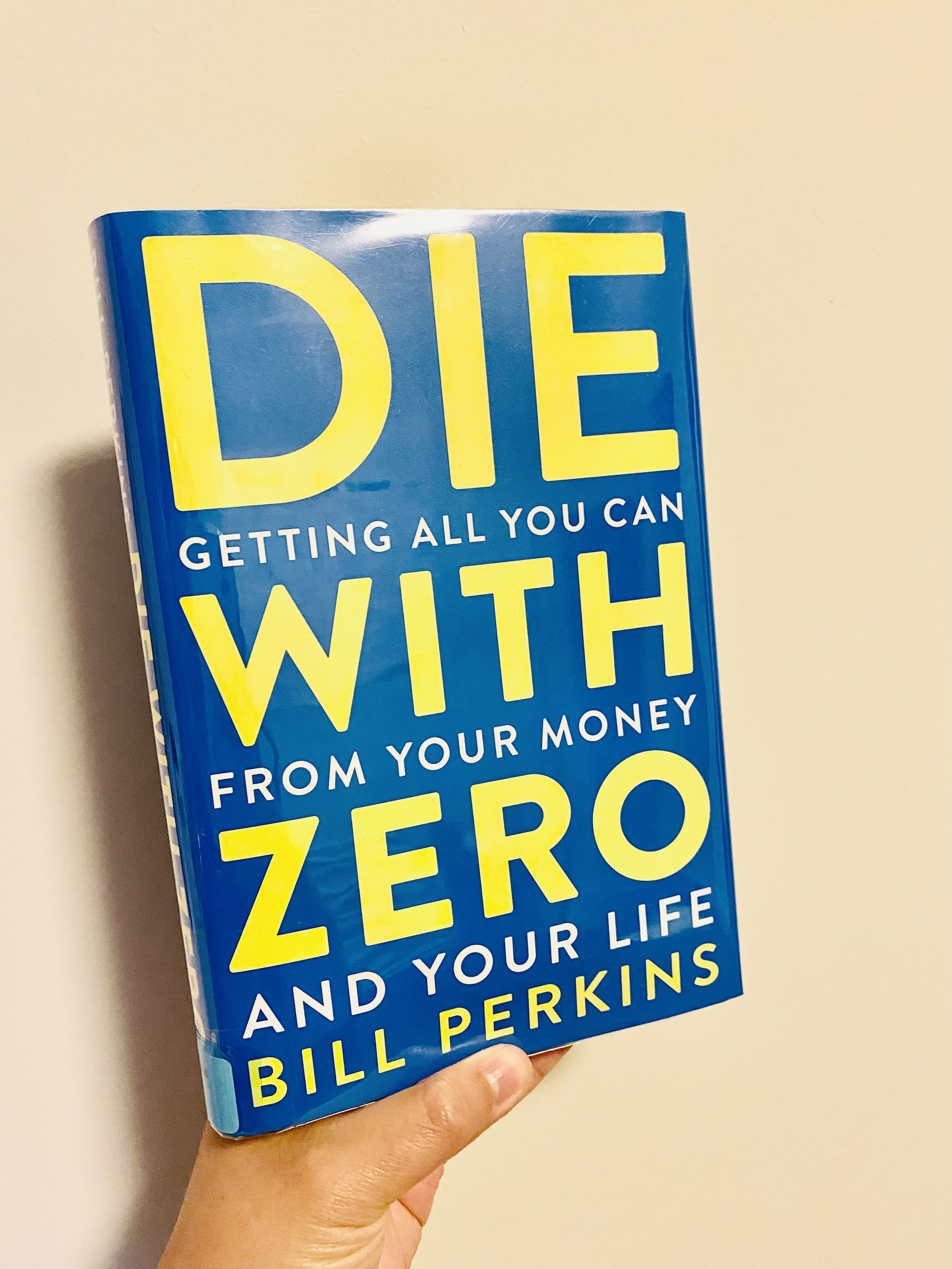Book Review and Summary: The Debt Trap by Josh Mitchell
This month’s book is The Debt Trap: How Student Loans Became a National Catastrophe by Josh Mitchell. It was written by a reporter from the Wall Street Journal who has years of experience writing about the economy and higher education.
The book covers the history of student loans and the creation of the college industrial complex. I didn’t know much about how the idea of student loans came about so the book was an insightful look at the players that eventually created a big business that impacted most of our lives.
Like mostly everyone else, I too, graduated with student loan debt. Mine was around $20,000 from an in-state public university in New Jersey. I remember every semester going into the bursar office to drop off a check my mother wrote to pay for tuition. I would clutch it so tight to ensure it was safe. After I submitted it, I would dutifully call her to let her know it was being processed, then I would double check it online to make sure it was processed properly. $20,000 means that I took around $5000 a year of loans with the rest being paid by my parents, more specifically through overtime my mom did as an ICU nurse, a loan from their HELOC, and a bit of grants and scholarships. I, thankfully did not have any issues paying it back and I was also lucky enough to have an employer pay for grad school, but reading the history as well as the personal stories that Mitchell includes made me mad, disappointed, and nervous for the future generation.
Book Review and Summary: The Debt Trap by Josh Mitchell
Book Review and Summary: The Debt Trap by Josh Mitchell
The Book
The book is set up across nine chapters and covers the timeline of the student loan debt crisis.
The Visionary (1957) - 1969)
When Ed Met Sallie (1969-1990)
Our Greedy Colleges (1974-1990)
American Dreamer (1991-1995)
The Lord of Wall Street (1994-2008)
Hope and Hubris (2006-2016)
The Great Unequalizer (2014-2015)
State U Inc. (2014-2018)
The Trap (2016-2018)
My first thought as I was reading the book was that many of us never had a chance to escape the grip of student loans. The push for education in the early 1900s started tying education to the American Dream. Congress, lobbyists, self-interested individuals, private investors, for-profit schools, Salle Mae and ongoing bad policies helped to create the perfect monster. As an older millennial, I thought student loan debt was a fairly new concept, but it’s been around since the 1950s and therefore, generations of American families had already felt the pain.
The system became too big and too powerful and it failed the American people.
The author does a great job telling the history without adding in his own perspective. He does share some solutions in the end. He is purely reporting, but throughout the book, he does weave in stories of real people struggling with student loan debt and the reason why decisions were made.
The federal student loans system had roots after World War II and the program began in the 1950s as part of the National Defense Education Act. The bill was in part a response to Russia’s launch of Sputnik which highlighted the fact that America needed more educated scientists to be able to compete with Russia. From there, the program evolves into a “monster” where millions of students became victims of predatory lending and plunged multiple generations into debt.
I highly recommend the book if you want to learn more about the history of student loans and how we got to this point. For me, it’s a good reminder that many of us feel the pain of policies created before our lifetimes which is why voting today is critical to ensure tomorrow’s generation has a fair shot at a good life.
Moving Forward
At the end of the book, the author provides some recommendations on how we can move forward to ensure more Americans have access to quality higher education regardless of financial background. Although he doesn’t go into depth about these potential solutions, it’s helpful to understand what needs to change for those who already have debt and those who may incur debt in the future and face possible defaults.
These are the author’s solutions:
Forgive interest on student loans
Many borrowers don’t want their student loans forgiven, instead many just want a shot of paying off their debts. Many people have balances so high that they see no hope of repaying the full balance and see no point in paying at all. By forgiving interest on student loans, you reduce the overall balance and provide people a fair chance of getting on top of their debts.
Make four-year schools put up their own money
A missing key component of the student loan policies was the fact that schools incur few consequences when it comes to student loan default. The government covered almost all of the losses. The goal of this solution is to make schools accountable and curb the continuous rise in tuition.
Make community college truly free
Millions of Americans attend K-12 without receiving adequate education. High school needs to be improved and community college should provide a second chance for those who grew up in a disadvantaged school system. For many, college can become a very expensive high school. By making community college free, student can try to see if college really is for them without going into debt.
Revise the idea of the American Dream
For decades, education was tied to the American Dream. Student loan debt was good debt. It was necessary debt. The author suggests instead revising the idea that higher education with debt is the only way forward. There are alternatives to the four-year degree, such as trades and apprenticeships. Now post Covid, there are many opportunities to pursue and learn new skills online.
Side note: I covered a bit about Google Certificates a few week’s back on Instagram and I think it’s a worthwhile investment for some people.
Government should stop subsidizing grad school
Grad Plus provides federal loans to those pursuing graduate and professional degrees or certificates. This program enabled grad students to borrow as much as their schools charge which easily led to tuition increases. Grad Plus loans are also issued at higher interest rates and interests accumulate as soon as the loan is disbursed.
States, cities, communities need to step up
The last suggestion by the author is to have states, cities and communities step up. The original goal of the student loan program was to elevate the middle class, but over time the policies and people in charge of the program unleashed a monster. It’s time that communities gather together and invest in the youth.
10 Ways to Reduce Student Loan Debt
Conclusion
As a mother, I am now determined more than ever to be an informed parent when it comes to college and student loans. I’ll be voting to ensure that future generations have a fair shot at a quality education. At the same time though, I will also be saving for my daughter’s education so that she has more options and financial flexility when it comes time to go to school.
I could have easily have been one of the people with a looming debt balance.
And it’s super important for us to recognize that student loan debt is not a moral failing. The system made promises and made it easy to acquire debt. The system needs a re-haul and in order to do that we need to know where it went wrong and how to change it.
If you are interested in this book, also check out our review and summary of: It’s the Student, Not the College by Kristin M. White.
If you are parent with a child about to head into college, I recommend joining this group to learn more about your aid options: Understanding College Aid. I have no affiliation with this group, but have found the questions and answers to be super helpful and informative.
If you are looking to learn more about investing for yourself and your kids, join our self-paced Investing 101 for First Generation Wealth Builders Class.
Book Review and Summary: The Debt Trap by Josh Mitchell















